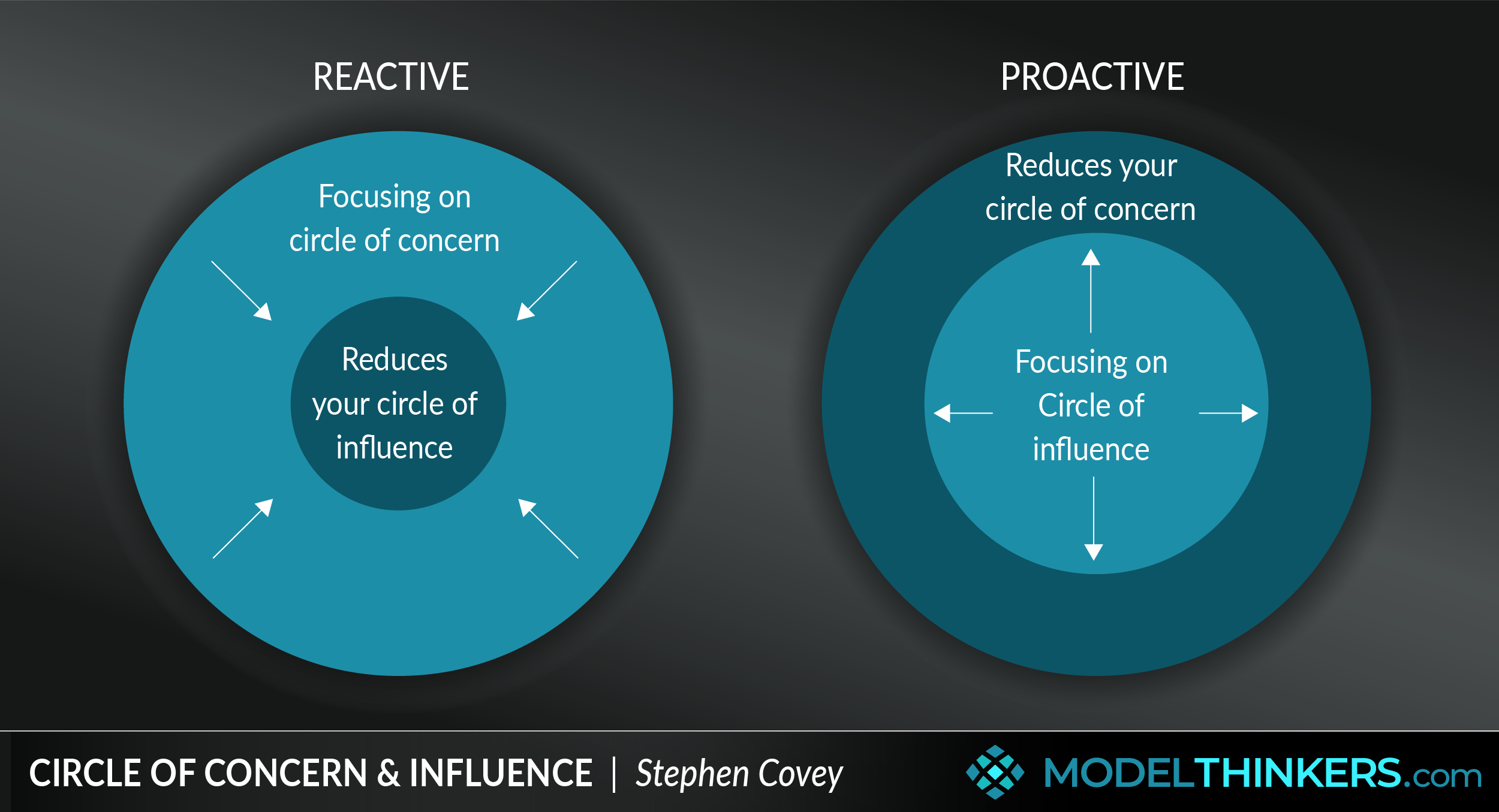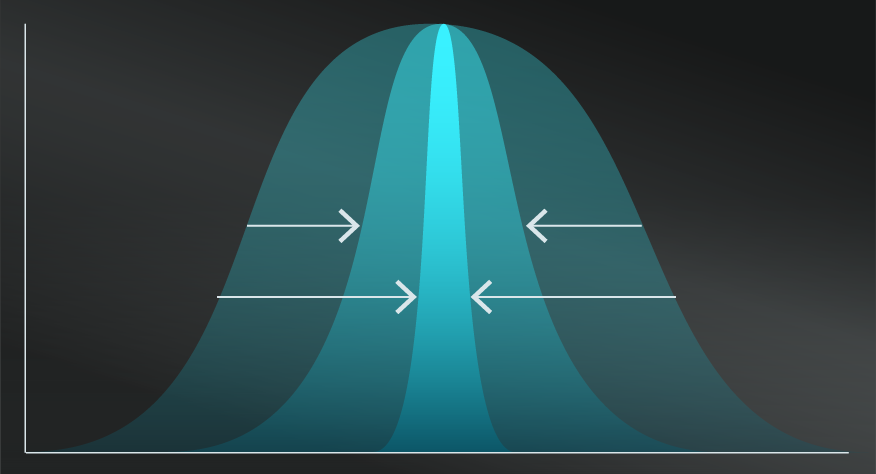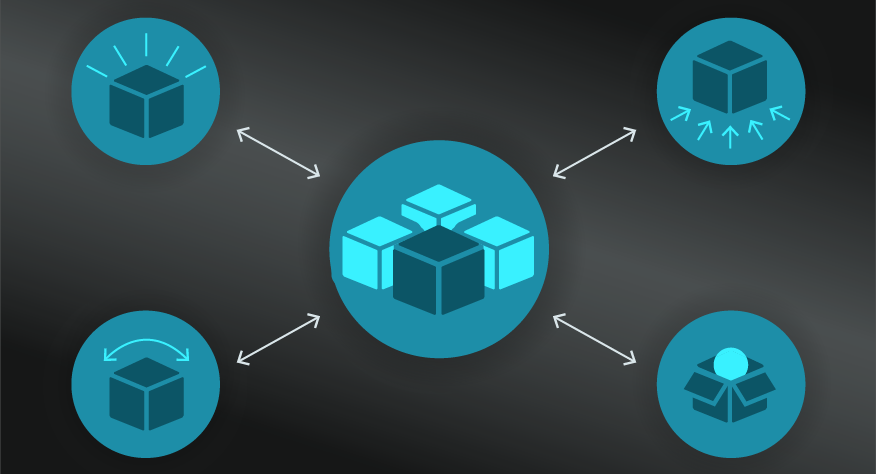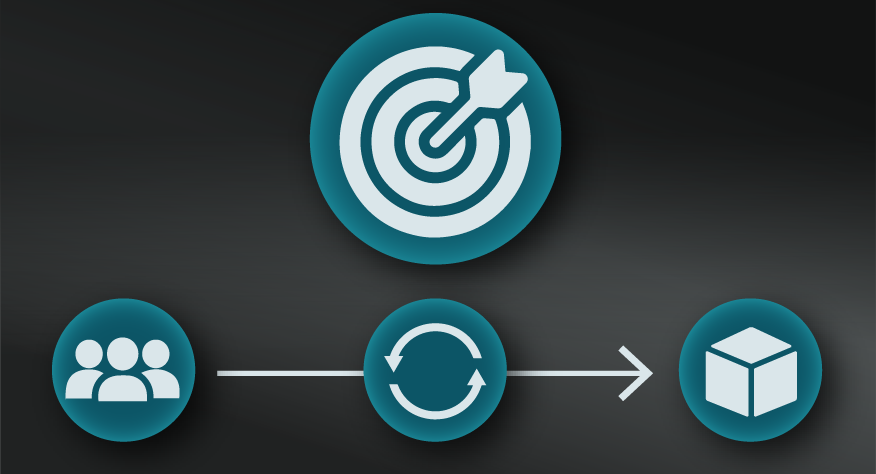

 0 saved
0 saved
 25.3K views
25.3K views








This model is reflected by a famous quote by Reinhold Niebuhr: "God, grant me the serenity to accept the things I cannot change, ... Lorem ipsum dolor sit amet, consectetur adipiscing elit. Satis est tibi in te, satis in legibus, satis in mediocribus amicitiis praesidii. Illud dico, ea, quae dicat, praeclare inter se cohaerere. Idem iste, inquam, de voluptate quid sentit? Apparet statim, quae sint officia, quae actiones. Bonum integritas corporis: misera debilitas. Duo Reges: constructio interrete. Quis non odit sordidos, vanos, leves, futtiles? Cur post Tarentum ad Archytam? At ille pellit, qui permulcet sensum voluptate. Paria sunt igitur. An me, inquis, tam amentem putas, ut apud imperitos isto modo loquar? Ita fit cum gravior, tum etiam splendidior oratio. Is ita vivebat, ut nulla tam exquisita posset inveniri voluptas, qua non abundaret. Parvi enim primo ortu sic iacent, tamquam omnino sine animo sint. Quis Pullum Numitorium Fregellanum, proditorem, quamquam rei publicae nostrae profuit, non odit? Nam adhuc, meo fortasse vitio, quid ego quaeram non perspicis. Efficiens dici potest. Quo modo autem optimum, si bonum praeterea nullum est? Hoc dixerit potius Ennius: Nimium boni est, cui nihil est mali. Ut optime, secundum naturam affectum esse possit. Hunc vos beatum; Quid est enim aliud esse versutum? An dubium est, quin virtus ita maximam partem optineat in rebus humanis, ut reliquas obruat?




- Audit your focus.
Spend a week tracking how much you focus on factors that are out of your control ...
Lorem ipsum dolor sit amet, consectetur adipiscing elit. Omnia contraria, quos etiam insanos esse vultis. Nihilne te delectat umquam -video, quicum loquar-, te igitur, Torquate, ipsum per se nihil delectat? Itaque nostrum est-quod nostrum dico, artis est-ad ea principia, quae accepimus. Et nemo nimium beatus est;
Duo Reges: constructio interrete. Tum ille: Ain tandem? Nam Pyrrho, Aristo, Erillus iam diu abiecti. Iam id ipsum absurdum, maximum malum neglegi. Sic enim censent, oportunitatis esse beate vivere. Multa sunt dicta ab antiquis de contemnendis ac despiciendis rebus humanis;
Tibi hoc incredibile, quod beatissimum. Cum autem venissemus in Academiae non sine causa nobilitata spatia, solitudo erat ea, quam volueramus. Si alia sentit, inquam, alia loquitur, numquam intellegam quid sentiat; Mihi vero, inquit, placet agi subtilius et, ut ipse dixisti, pressius. In qua si nihil est praeter rationem, sit in una virtute finis bonorum; Quamquam id quidem, infinitum est in hac urbe;
It can be difficult to determine what’s in your Circle of Concern versus your Circle of Influence. For example, as a senior manager, a member of your team might be influenced by you yet will ultimately make their own decisions. One strategy to mitigate this is to consider an additional element called the 'Circle of Control', which relates directly to your behaviour at the centre of the two circles.
Another potential challenge lies when taking this model to its extreme, as it can be used to justify 'narcissistic tendencies' by focusing on yourself rather than using it as a means to engage or impact the external world.
Victor Frankl and the holocaust
Covey’s example of applying this model puts a lot in perspective. He cites the story of Austrian psychiatrist Victor Frankl and his experience in the Nazi holocaust.
Frankl saw most of his family killed and everything stripped away from him, yet he endured. Frankl said: “Everything can be taken from a man but one thing: the last of human freedoms - to choose one's attitude in any given set of circumstances, to choose one's own way.”
Hopefully, you’ll use this heroic example of proactivity as inspiration rather than intimidation.
This model particularly aligns with productivity models that encourage high value activity.
Use the following examples of connected and complementary models to weave the circle of concern and influence into your broader latticework of mental models. Alternatively, discover your own connections by exploring the category list above.
Connected models:
- Psychological Safety: this model can support the development of psychological safety by shifting from a blame culture.
Complementary models:
- Growth mindset: combining this mental model with a growth mindset allows you to consider how to increase your circle of influence.
- Habit formation and habit stacking: developing these practices as daily habits and processes to use in meetings becomes a powerful life approach.
- Cialidini’s Six Principles of Influence: Cialdini's model aims to extend your influence over people and can be used to challenge the defined limits of the circle of concern and influence as a result.
- Jealousy as a Map: to help establish your priority goals.
This model was created by Stephen Covey, author and speaker and was first featured in his book 'The 7 Habits of Highly Effective People'. Find out more by visiting the Franklin Covey Institute here.
 My Notes
My Notes
Oops, That’s Members’ Only!
Fortunately, it only costs US$5/month to Join ModelThinkers and access everything so that you can rapidly discover, learn, and apply the world’s most powerful ideas.
ModelThinkers membership at a glance:






“Yeah, we hate pop ups too. But we wanted to let you know that, with ModelThinkers, we’re making it easier for you to adapt, innovate and create value. We hope you’ll join us and the growing community of ModelThinkers today.”




































































































































































Arun,
A proactivity tool is mentioned in Actionable takeaways, how or where can we get access to this?
Thanks
Dimiter